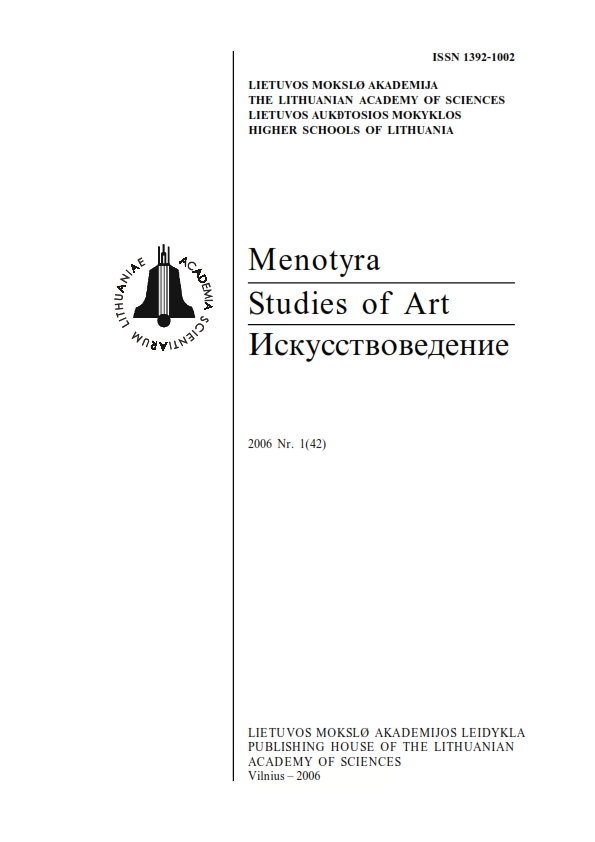Lietuvių fortepijoninė kultūra JAV
Piano culture of Lithuanians in the USA
Author(s): Ramunė KryžauskienėSubject(s): Cultural history, Music, Recent History (1900 till today), 19th Century, Migration Studies
Published by: Lietuvos mokslų akademijos leidykla
Summary/Abstract: The piano culture of Lithuanian emigrants, which has long be-en known to us only from episodic events, unfolds itself mo-re and more and is integrated into the common process of national music art development. Intensive examination of the emigrants’ creative heritage stored in the archives has promo-ted publications of notes, concert performance of manuscript opuses and analysis of the creative work of renowned artists. Many prominent pianists began their careers in Lithuania, improved their skills in exile camps in Western Europe, and reached their artistic maturity already overseas. Some of them worked as accompanists and piano teachers, while others, who had better living and working conditions, appeared in concerts as soloists and chamber musicians. The Lithuanian piano school has been functioning in the USA for many decades, nevertheless, it has never been properly analyzed and discussed. This paper is the first attempt to investigate the problems in this sphere. In the musical educational system of Lithuanian USA emigrants, an important role was played by Lithuanian Music Conservatoire inaugurated by Mikas Petrauskas (1873–1937) and Beethoven Conservatoire set up by Antanas Pocius (1884–1953), both established in Chicago. After World War II a great number of well-known artists left Lithuania. Among them there were pianists: Andrius Kuprevičius (1921–1997), Aleksandras Kučiūnas (1914–2002), Vladas Jakubėnas (1904–1976), Julija Rajauskaitė (1922–1988) and others whose performing and teaching activities stimulated the further development of piano culture. By applying the historical analytical method, the author at-temps to reveal the principle of piano culture variations, con-cert activities and repertoire of known artists. To this end, records are analyzed, concerts and other activities are discussed.
Journal: Menotyra
- Issue Year: 2006
- Issue No: 1(42)
- Page Range: 16-22
- Page Count: 7
- Language: Lithuanian

